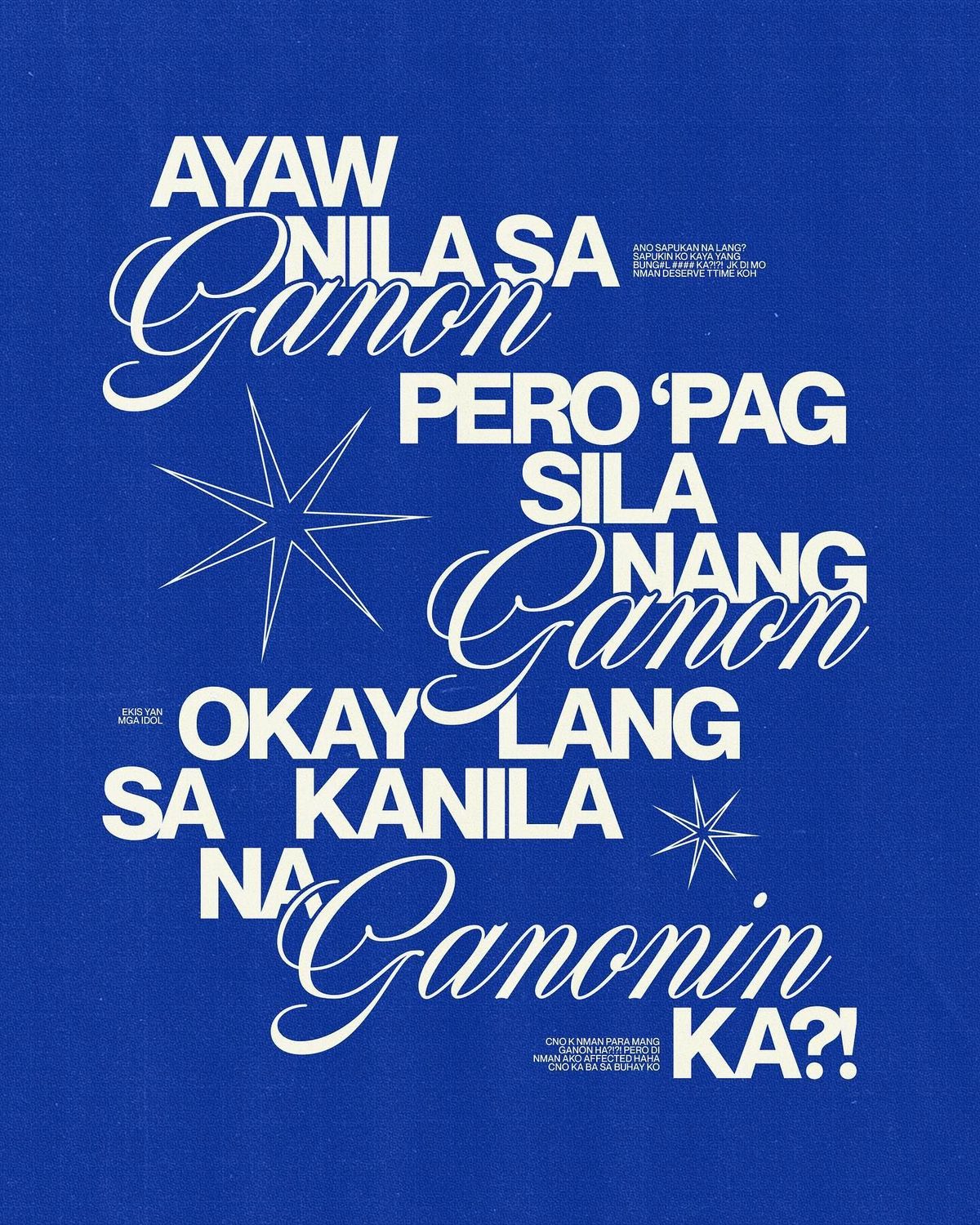The impact of AI on presentation design
Generative AI in our creative process
September 26, 2025
At Silver Fox, a company specializing in presentation design, the utilization of generative AI is not about replacing human creativity but rather augmenting it. While AI’s illustrative and imagery output is very tempting, we are less interested in products that are creative for us—we want tools that help us be creative ourselves.
We see AI as a helpful tool for transforming learning and efficiency, as well as transforming the way speakers interact with their audiences. As a presentation designer, I resonate with the findings of a study done by IDEO with Gen Z participants: “[designers] don’t want to be handed the answer. They want to develop the capabilities to create something of their own. Exploration, experimentation, and reflection are important parts of the creative process” (Gen Z to AI: Don’t Kill My Creative Vibe).
"AI is not just transforming the content of our presentations, but also the way we interact with our audience," responded Microsoft CoPilot.
AI is a powerful learning tool. We see it helping us learn from diverse experiences in a multitude of ways. As a presentation design agency, we are engaged in learning the brand of our clients’ companies, then translating it into a presentation format. AI can make suggestions while a designer is brainstorming ideas and thus boosting their efficiency.
Presentation designers are experts in finding new ways to express a brand that aligns with the brand guidelines. To create unique and authentic presentations, the AI assistance shouldn’t be a crutch for monitoring and correcting your work throughout the creative process and ultimately finalizing the presentation. But allowing AI to give more input at the beginning of this learning curve can be highly effective, especially because most of us learn better from doing rather than being told.
And every so often, presentation designers must learn new tools and programs. AI facilitates learning compiled from user data and adapts training courses to speed up this process. This is definitely something I look forward to.
The trick is going to be in retaining the unique and differentiated narrative and brand identity.
Getting a different flair from designer to designer, even within the same brand, is not something we want to stray from. But in certain situations, such as multiple designers working on presentation slide decks across multiple teams for an upcoming conference, staying as cohesive as possible is paramount. AI could ramp up productivity by making suggestions with the goal of keeping design choices consistent amongst the designers. This uniformity serves to elevate the company’s brand and leaves its impression on the audience.
AI can also use and provide data to drive design decisions. Like user experience designers making decisions based on user data, AI could provide valuable insights to presentation designers. If a system of getting specific feedback on presentations from audiences was developed, analyzing this user engagement data could determine which elements of design resonate with certain audiences and are most effective for certain topics. Data-driven design improves results and hones a presentation designer’s knowledge and skills in the process.
We’re already seeing generative AI used in the presentation design world in the ways of real-time speech recognition, transcription, subtitling, and translating presentations to expand accessibility—and generating dynamic charts and graphs that update as new data comes in, right up until and even during a live keynote presentation.
As Microsoft Copilot answered me when I asked it to elaborate on AI’s impact on presentation design, “AI is not just transforming the content of our presentations, but also the way we interact with our audience.” The creative process and visual storytelling remain human-led, but AI will augment designer workflows in a number of exciting ways that we’re now starting to see. The trick is going to be in retaining a unique and differentiated narrative and brand identity, so you don’t hear the audience whispering their critique, “this was AI generated”. Ultimately, I find AI’s capability to generate custom graphics and imagery as a motivator to push my craft and grow as a presentation designer.









